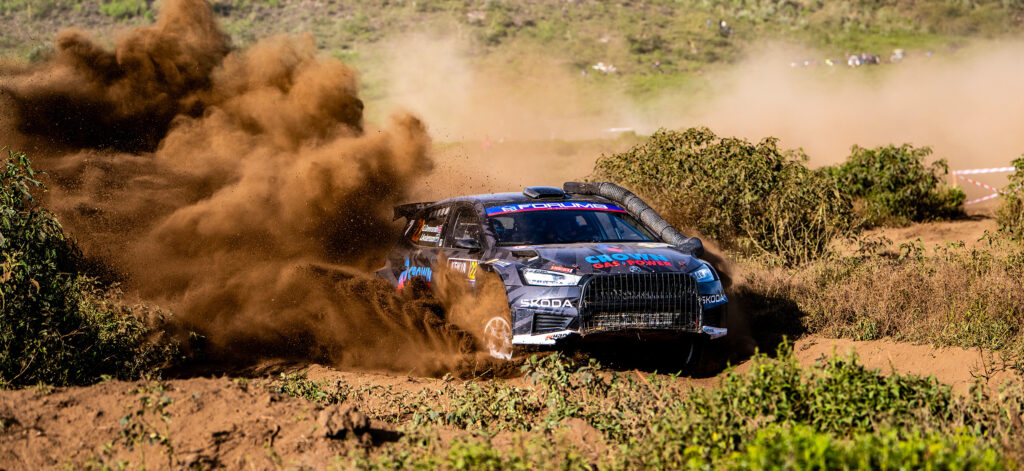The ninth round of the FIA World Rally Championship (WRC) is the ADAC Rallye Deutschland. This year’s event takes place from 18th to 21st August in and around the city of Trier, amidst the spectacular Mosel wine-growing region on the border with Luxembourg.
With the action taking place over 3 legs and 18 stages and with a total competitive distance of some 306 km, this tarmac event is a rally of contrasts, with four very different types of stages for drivers to contend with.
After the ceremonial start in the city of Trier on Thursday, on Friday teams will be off onto the narrow, winding and bumpy roads of vineyard country. Fast and full of hazards, these stages will prove to be a stern test for both driver and co-driver, especially if weather conditions are poor.

Friday will end with a brand new stage to the south of Trier, on the smooth country roads of Saarland, before on Saturday teams head onto the Baumholder military tracks. This section of the rally includes sharp corners, fast straights and jumps and with three sprint stages alongside two runs of the 40 km long Panzerplatte Lang stage, it will test every aspect of the driver’s skills.
In particular, they will be on the lookout for the notorious hinkelsteins, big kerbstones which have ended many a challenge at this event over the years. These stages in particular always draw big crowds to take in the action from the main spectator area which boasts spectacular views.
On the final day, teams will head into the Eifel mountains, where the roads are fast and climbs are sharp.
The Rallye Deutschland is regarded as one of the most technically challenging events on the WRC calendar. The big differences in the characteristics of different stages are a nightmare for drivers and co-drivers, but especially for the engineers. Because getting a perfect set up for each stage is nigh on impossible.
Time constraints force teams to make compromises in the set-up and this can make for an unpredictable event for spectators. So can the weather too, which in this part of the world can be very unpredictable. Tyre choices are often tough to call, with hard compounds preferred if it is dry and hot, but soft compounds usually the option if it is wet or cold.

At this rally, teams will also make use of safety note crews. These are cars which drive the stage ahead of the competitors and offer up-to-the-minute information on weather and track conditions. Communication between these cars and the co-driver is vital and can make all the difference during the rally.
As always there will be a number of ŠKODA FABIA R5 taking on the challenge of the Rallye Deutschland, and you will be able to follow the progress of all of them right here on the ŠKODA Motorsport website and on our social media channels.





